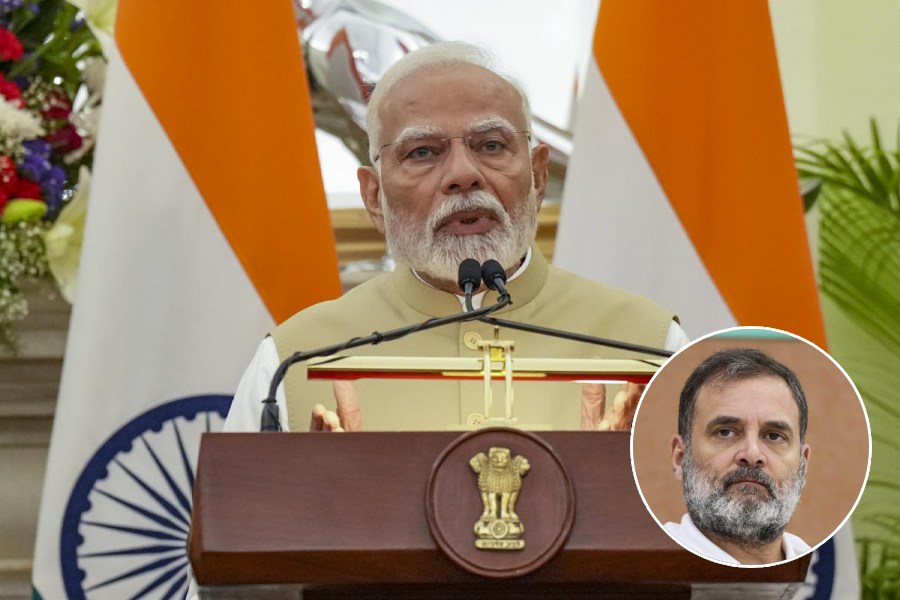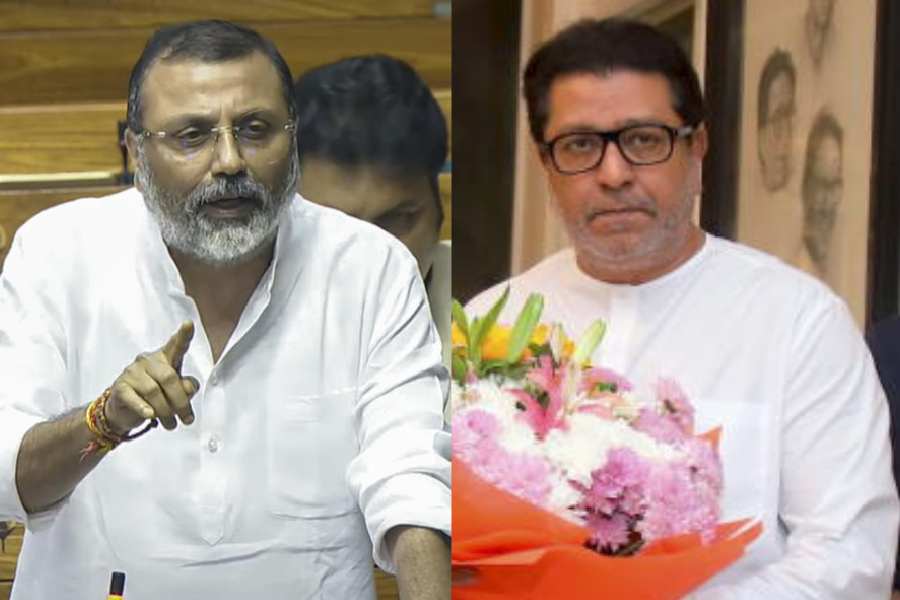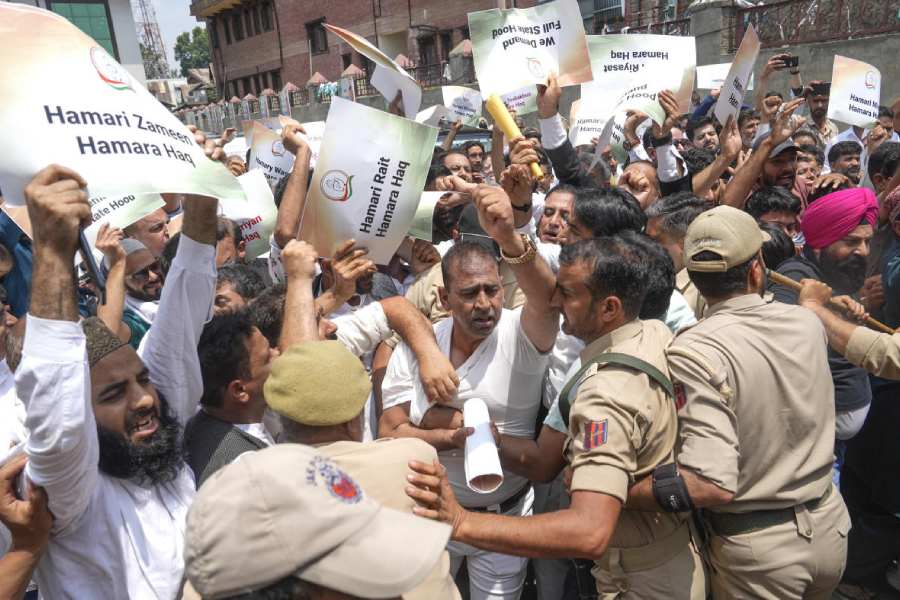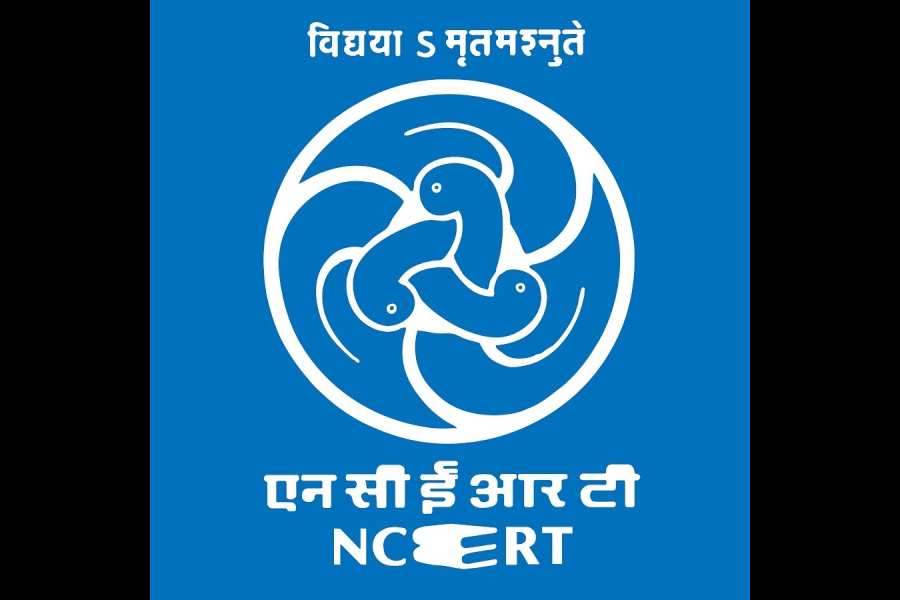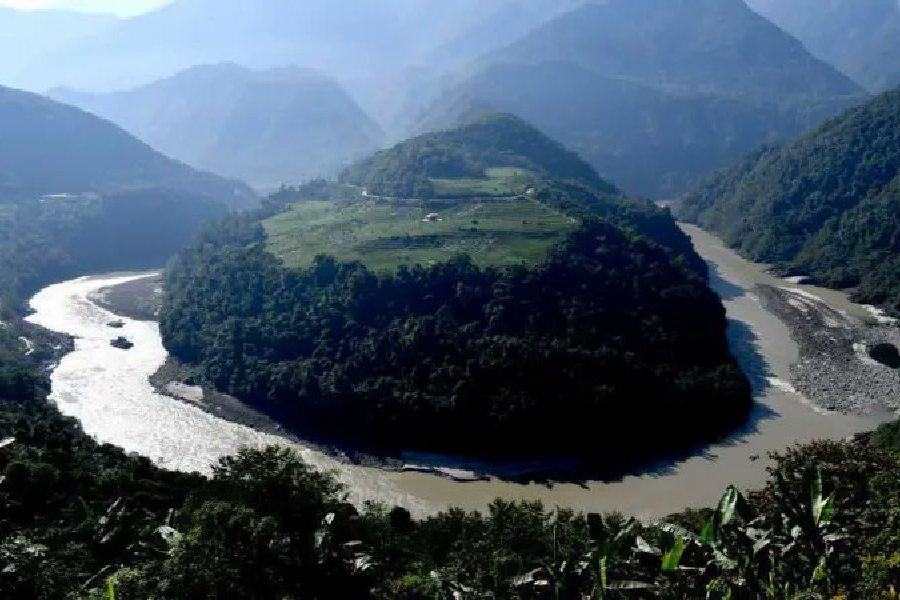|
|
There is something oddly satisfying about visiting a place year after year, for a similar length of time and at the same point in the calendar. For me and a bunch of my friends, a particular corner of North Goa has become this place, where we gather around Christmas and the New Year from different parts of the world. The core of our group has been coming ten years running, whereas for me and my kin-gang this was the third time in four years. As a group, we more or less take over the same mid-level ‘beach resort’, separate buildings with pucca rooms and showers and the five-out-of-ten marks food; we are greeted happily by the same staff who’ve come to expect from us an equal measure of chaos and warmth; we usually go to the same restaurants in the small village of M and in the busier beach-town nearby, and when we hire the Maruti vans, it’s the same familiar drivers who drive us to various places before depositing us back to the airport in early January in small batches when we leave to begin the new year in different cold, and not-so-cold, parts of the world.
The beach at M was usually lovely, broad and empty except for a sprinkling of young to middle-aged Danish people who seemed to like bringing their children and grandchildren here; the water was warm and the depth shallow for what seems like miles into the sea. When I first visited M, there was a pleasing distribution of shacks along the beach and an equally happy scattering of small restaurants in the village itself, just behind the beach. The next year we returned, the gaps between the shacks had filled up somewhat with smaller shacks. The beach around M was still the same but the veterans were now identifying the adjoining beaches as ‘the Russian Mafia beach’ and the ‘KGB beach’. The vans cost just that little bit more and the shacks had put up their prices just that shade over a reasonable increase.
This year, things have moved further along in the same direction: right next to our ‘resort’ used to be two stretches of open land, giving us a false sense of isolation and exclusivity; this year, one of those gaps has filled up — a bunch of wood and straw huts on stilts are crowded into the slot between our hotel and the next shack, ostensibly these are impermanent structures that meet the requirements of the Coastal Regulation Zone but, behind the huts, labourers are busy lifting heavy Goan bricks to put into the stairways that will be anything but impermanent. In the village of M, the quaint, old ground-level dwellings have dwindled further, replaced by brand-new, two-storey structures. In place of the one Kerala massage centre, there are now four, each advertising a different facet of Ayurveda and the whatnot of ‘Wellness’. At D’Souza’s Restaurant, the lady of the establishment has a lament: “We used to think them all Israelis were damn rude, you know. But they were nothing compared to these Russians and Ukraini fellows. These fellows don’t even look at you when they order, they don’t say please or thank you, they just order and they fight about every bill! Sometimes, you know, I just refuse to let them sit, even at the loss of my business!”
Not many locals can afford to turn away these two nationalities, mainstay of custom as they now are, given that so many of the Danish and Israelis have kept away this year. Besides the ‘Cyrillics’, the only other nationality impervious to the mixture of recession and security fears is that strange breed, the Indian tourist in Goa. Restaurants and bars are having to be more than usually welcoming, not only to the wide collection of tattoos but also to sweating, fat, middle-class brownies leading large teams of complaining children.
Besides providing custom, Ukrainians are now also in place, giving competition: when I go to the local cyber-café with its snail-slow connection, I ask my friend, the owner, about rumours I’ve heard about a new wi-fi café down the road. The man shakes his head, “Not possible to have broadband here. Only this cyber-café is here.” He is a man clearly in denial as is proved by a short walk past the coconut groves. There it is, a low-walled courtyard with no trace of a roof; a small but well-stocked bar at one end, manned by two blonde Ukrainis, a friendly man and a woman wearing very few clothes and very many tattoos, no trace of mafia or KGB on either of them; each stone table has a plug-point for laptops; the chill-track, sonic wallpaper is just right for the laid-back ambience, the coffee is decent and, most importantly, the wi-fi connection is fast, reliable and, at the moment, absolutely free. I log on, feeling guilty about my old friend who runs the dial-dukaan back in the village but not for long — his shop is much better located and it’s only a matter of time before he finds some other foreigner to back him in the changeover to broadband.
We make contact with a Goan family that one of us knows from a long time ago and get invited to Christmas lunch at their house in a village near Margao in South Goa. After we pass the turn-off for the airport and leave the main road, it’s as if we are in different country. Driving through the lush yellow-green maze of coastal vegetation, there is no white skin to be seen, no Croc sandals, no beachwear, no floppy hats, no signboards in Hebrew or Cyrillic. “Feels like we’re back in India.” Says my younger son, and indeed it does.
Our Goan hosts are very warm and welcoming. Half of them now live in Australia and their stories of migration and small success are as Indian as their hospitality, even though the three teenage girls’ accents are distilled Melbourne-Victorian. The drinks flow on the shaded verandah and the lunch is excellent, with fish, chicken, beef and five different extrications from an amply proportioned pig killed that morning. It’s a small island of time in a certain kind of ‘India’ but very valuable for all that. Having eaten and explored a couple of old houses in the area we are soon on our way back north in the constant traffic-jam of the National Highway.
On the night before New Year’s eve, the moon is high and brilliant, illuminating a sea streaked with the electricity of silver breakers. The next night, the last one of the decade, will bring us an extra full moon, complete with an eclipse carrying omens and portents, but tonight the light is clean and the beach free of party noise. For a moment, I’m teleported into some other zone, some other country which has no structure except that of sand and water. But then, after a while, I return to where I am.
This morning I’ve walked down the beach following a family, a working-class Indian family about to make the transition into lower middle-class: mother-father, one uncle-type, two small boys and four girls ranging from about twelve to their mid-twenties. The group is clearly new to the sea, almost as if they are seeing it for the first time. Their heads don’t turn as topless tourists splash past them, they don’t even stare at the para-surfers practicing with their strange Icarian apparatus, they have only a cursory look at the couple performing yoga-acrobatics and balancing on each other in impossible poses; these people are just entranced with the phenomenon of massed water. As they wade along taking pictures of each other, none of them thinks to roll up their trouser bottoms or salwars or saris — they seem to be enjoying the water as it seeps up their clothes.
People from elsewhere may or may not have come to ‘India’ when they come to this Goa of Caipirinhas, wood-fired pizzas and Bulgarian crêpes, but watching these eight or nine people, it suddenly felt as if more and more of India was now discovering the sea.
Driving us to the airport, Prakash, the driver, asks me: “Abhi December mein tum log phir aayega na, boss?” I reply in the affirmative with as much enthusiasm I can muster at 5.30 am. “Yes, of course, we’ll see you next December.” But, even as I say it, I feel the twinge of a liar. Vietnam has been beckoning for a while now, with its cheap prices and great food, with its war history and reportedly friendly people, and yes, with its beaches. There’s certainly not much in the ticket costs between Calcutta-Goa and Calcutta-Saigon. But, then again, if not next year or the year after, I know this corner of Goa will draw us back, if only to witness how things have changed, if only to see how much of Goa is still in India and vice versa.



